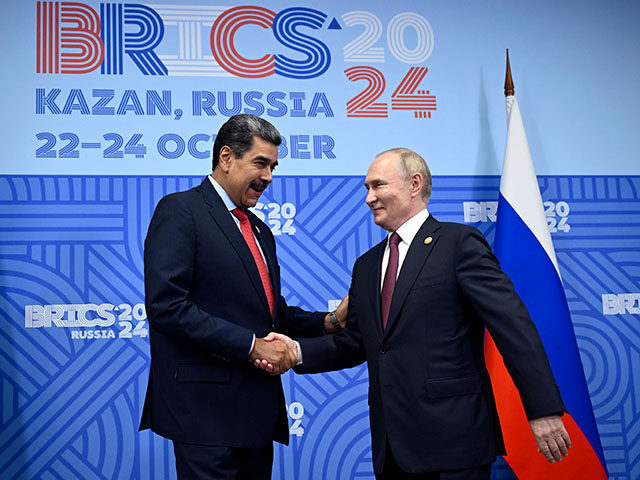Thirteen partner countries were admitted to BRICS earlier this month following the 16th BRICS Summit held in Kazan, Russia. The intergovernmental organisation, founded in 2009, now includes Algeria, Belarus, Bolivia, Cuba, Indonesia, Kazakhstan, Malaysia, Nigeria, Thailand, Turkey, Uganda, Uzbekistan and Vietnam as new partner countries.
Although these countries are not yet full members, the move marks an expansion of BRICS co-operation in trade, investment, development and infrastructure. The partner countries will co-operate in areas such as equitable resource allocation, development of alternative financial systems, trade in local currencies, and the possible establishment of a BRICS-led infrastructure development bank.
The economies added this month diversify BRICS, and each is important to the organisation in its own way. For example, Nigeria, Africa’s largest economy, offers BRICS access to a host of natural resources, including gas and oil.
Uzbekistan, rich in minerals, can also bring economic benefits to BRICS, as can Algeria with its close ties to Africa’s oil and gas sector.
With the addition of these 13 new countries, BRICS strengthens the foundation of a new economic order that is more balanced and equitable, South African President Cyril Ramaphosa said.
The organisation was founded to create a counterweight to the EU and the US. By coordinating the economies and policies of its members, and now 13 partner countries, BRICS aims to build a more inclusive world that benefits all corners of the globe, as well as reducing dependence on Western-driven financial systems.
It currently represents about 40 per cent of the world’s population and has a gross GDP of $26.6 billion, almost as much as the G7 countries.
